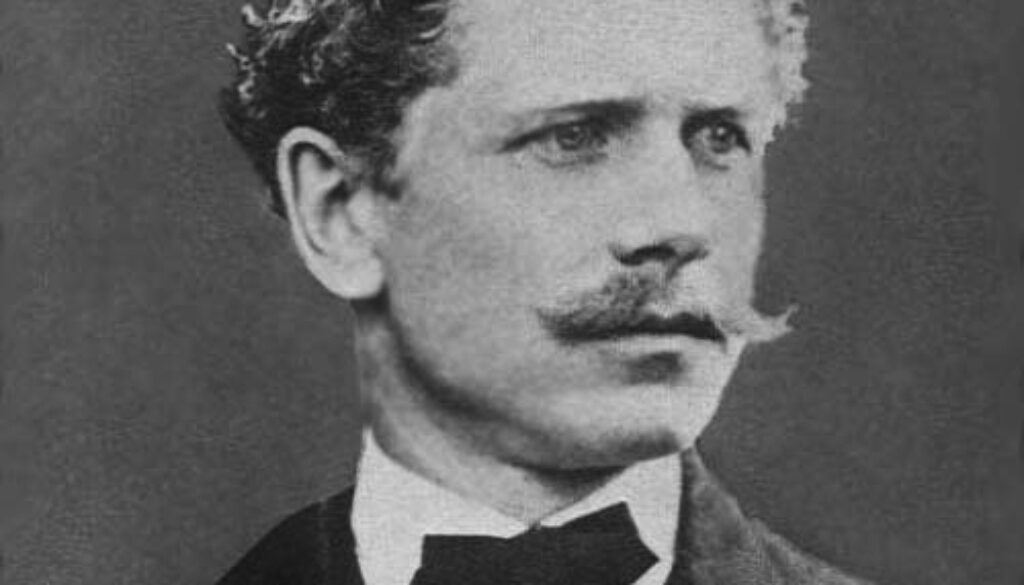Ambrose Bierce’s Civil War

For those who want to know what it was like to fight in the American Civil War, one of the best sources are the writings of Ambrose Bierce. Bierce saw action in major engagements including Shiloh and Chickamauga, and his position as a topographical engineer gave him an informed perspective on the battles and troop movements in the western theater.
In fact Bierce was present at one of the biggest turning points in the war – the Battle of Chattanooga.
Confederate General Braxton Bragg was besieging the city after the Union defeat at Chickamauga, and the Union troops under General William Rosecranz were on the brink of starvation.
Grant replaced Rosecranz with General George Thomas, a Virginian loyal to the Union, and opened up the famous ‘Cracker Line’ to supply the city. Grant then began to attack Bragg’s position on Missionary Ridge to the east.
General Joseph Hooker (born in Hadley, Massachusetts) famously took Lookout Mountain and attacked Bragg from the south while General William Tecumseh Sherman attacked from the north.
Grant ordered Thomas to take the rifle pits at the base of Seminary Ridge as a demonstration to cause Bragg to bring troops to the center to relieve the pressure on Sherman, but once Thomas’ men had taken the rifle pits, they saw that they were sitting ducks for the Confederate artillery and without being ordered to do so, they swarmed up the ridge and smashed the Confederate center, turning the battle into a rout.
One of those men was Ambrose Bierce.
The victory opened the way for Sherman’s advance on Atlanta and his famous march to the sea.
I’ve been reading ‘Ambrose Bierce’s Civil War,’ a collection of memoirs and stories edited by William McCann.
Bierce went on to have a highly successful career as an author and a journalist. His most famous story ‘Occurrence at Owl Creek Bridge,’ in which a condemned man dreams of escaping in the last seconds of his life, was made into numerous films and television programs. Kurt Vonnegut called it “a flawless example of American genius.”
In 1913, he went to Mexico as an observer with Pancho Villa’s army. (Villa at that time was still on good terms with the US.) Bierce disappeared and was never heard from again.
Edmund Wilson has a long section on Bierce in his book on the literature of the Civil War, Patriotic Gore. As usual, Wilson tells you something you didn’t know about his subject. For example, he notes that Bierce once began a story thusly: “Having murdered my mother under circumstances of singular atrocity, I was arrested and put upon my trial.”
Wilson also mentions that Bierce could call wild birds to light upon his shoulders, and that when Bierce was 15, he had an affair with a 70-year-old woman.
Wikipedia tells us that Bierce’s six sisters were named Abigail, Amelia, Ann, Almeda, Adelia, and Aurelia and his six brothers were Addison, Aurelius, Augustus, Andrew, Albert, and Arthur.
Before departing for Mexico, Bierce wrote to his niece, “If you hear of my being stood up against a Mexican stone wall and shot to rags, please know that I think that a pretty good way to depart this life. It beats old age, disease, or falling down the cellar stairs.”
